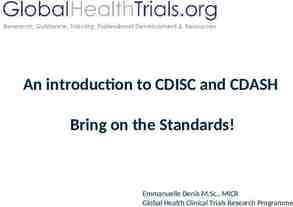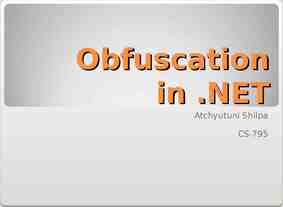The Recruitment Process
14 Slides134.00 KB
The Recruitment Process
The Recruitment Process Identify the Job Job Description / Job Specification Advertise the Post Short-list (Approximately 6) Interview Applicants Offer Post to Successful Applicant Inform Unsuccessful Applicants Induction
Job Analysis What is the job title? Do we need to change the job role? Do we want a full-time or part-time employee? What qualifications will the person need? What characteristics are we looking for?
Job Description Job title Who the employee will be responsible to List of all the tasks they will undertake in their work Job Specification Essential qualifications Essential characteristics Desirable qualifications Desirable characteristics Characteristics must apply to the job!!
Information Required by a Firm Personal details Education and qualifications Work experience Posts of responsibility Other interests Name and contact details of TWO referees
Letter of Application First contact you have with the employer – first impressions are important A chance to “sell” yourself as the best person for the job You can describe your work experience and posts of responsibility A well presented letter will impress
Short-Listing Read the letter of application and CV Discuss the good points Identify one way the application could have been improved “Grade” the application (eg A, B, C or marks out of 10) Decide which TWO applications are the best and why
Objectives of a Job Interview To find out if the person is able to do the job well To find out if the person will “fit” in the organisation An interviewer must: Treat all applicants fairly Try and find out as much as possible about the applicant
Do you have any previous experience working as a teacher?
Questioning Techniques What did you do last weekend? When? Where? Who with? What did you do? Can you tell me more about ?
Methods of Advertising Posts Internal Recruitment Notice board Company newsletter Advantages: Saves on recruitment costs You know who you are employing Good for morale Disadvantages: External applicants may have been better quality Limits the number of applicants There is still a vacancy to be filled External Recruitment Employment agencies Job centres Head hunting Careers Service Youth Training Advantages: Wider choice of applicants All vacancies are filled Disadvantages: More expensive than internal recruitment You may take on some-one who was good in interview but not good when in the job May upset an internal employee
Objectives of a Job Interview To find out if the person is able to do the job well To find out if the person will “fit” in the organisation An interviewer must: Treat all applicants fairly Try and find out as much as possible about the applicant
True or False? False A job description describes the tasks that an employee will be doing in their day-to-day work. True A firm will usually short list and interview 30 applicants. False The first stage of the recruitment process is to advertise the post. False
True or False? False Job analysis involves deciding what job needs to be advertised and whether it will be FT or PT. True A job specification usually has two sections: “Essential” qualities and characteristics and “Desirable” qualities and characteristics. A letter of application contains a person’s personal details, education, qualifications and work experience. True False



















